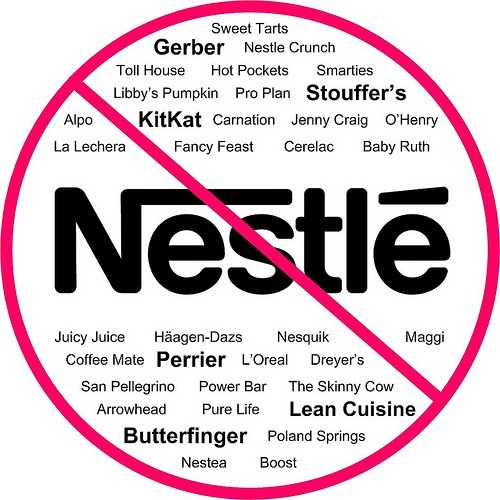http://youtu.be/JOjAeWFfasY
The marketing plan assignment had opened my eyes to many new business/marketing perspectives. By combining multiple marketing tools in this assignment, I was exposed to many marketing strategies being implemented by Starbucks, giving me the opportunity to understand the underlying factors that turned Starbucks from a small coffee shop into one of the world’s most successful company. After completing this assignment, I realised how important marketing is in every stages of a company. Every steps Starbucks took did not happen by accident, but they were carefully selected and planned to ensure the success of the company.

The situation analysis assignment allowed me to further understand that external factors beyond control of the business also play a major role in determining survival and success of every company. Even though was familiar with the use of SWOT analysis to analyse the strengths, weaknesses, opportunities, and threats of a business prior to this assignment, since high school. However, the use of macroenvironment framework (CDSTEP), was a relatively new marketing tool for me, it allowed me to understand the importance of external factors from different aspects even better than before.
The STP outline assignment allowed me to explore strategies Starbucks is using (or have used) to segment, target, and position different types of customers. With an unanimous decision of recommending Starbucks to target ‘urban kids and teenagers from upper middle class families’, the team came up with an ultimate goal to engrave the ‘Starbucks lifestyle’ into into the younger customers and creating lifetime value. I believe that this strategy will allow Starbucks to generate a new group of loyal customers, creating a stable stream of income and therefore benefit Starbucks in the long run.
If I could go back, I would encourage more brainstorming within the team to generate even more ideas and have more frequent meetings to ensure the consistency throughout the three assignments. However, this marketing plan assignment provided a valuable and fun learning experience for me and the team, especially the video project. Lastly, the assignment also provided the opportunity for me to turn the knowledge and theories from every lectures and the textbook into a practical piece of work.










Recent Comments